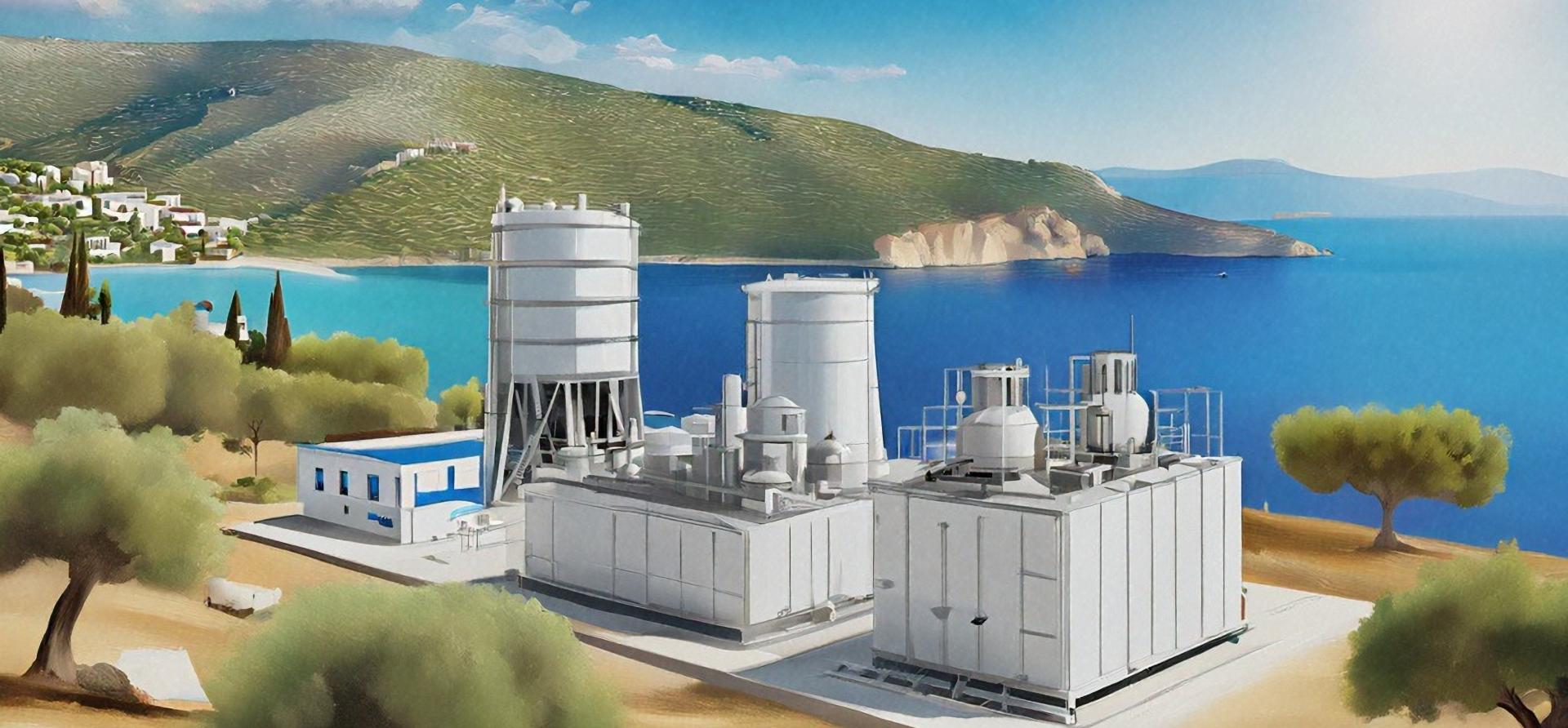Nuclear hype ignores high cost, long timelines
Download Briefing Note

Key Findings
Nuclear power is being touted as a solution to meeting growing electricity demand spurred by the growth of artificial intelligence and data centers.
Plans to build small modular reactors (SMRs) may bear fruit after 2030 but will not come online soon enough to meet growing demand.
Announcements of new SMR plans have one thing in common: They’ve been very short on details.
Solar and geothermal plants are being built for less money and in much less time than even the most optimistic SMR designs.
Introduction
Nuclear hype has been omnipresent since September. First, Constellation and Microsoft announced a deal that could lead to the restart of Unit 1 at the Three Mile Island (TMI) nuclear plant in Pennsylvania that came online in 1974 but was closed in 2019. Then within days of each other, Google and Amazon came forward with plans to support development efforts of two small modular reactor (SMR) companies. In between, the Department of Energy said it would soon release an additional $900 million to fund SMR commercialization plans.
It is time to stop and take a deep breath. Restarting a limited number of recently closed conventional reactors is entirely different than building unproven and unlicensed SMRs. These announcements may, at some point, lead to the construction of a small number of megawatts of new nuclear capacity after 2030, but nothing like the amount of power—or on the short-term timeline—of what is being sought today.
Aside from the hype, what is most striking now is the paucity of detail in the SMR announcements.















